-
Rooted in industrial chic and timeless leathercraft, this stool channels the en...
-
Inspired by the timeless elegance of mid-century modern design, this chair pays...
-
Stripped of all excess, this chair embraces essential form with intentional des...
-
Step into the world of classic design, a remarkable fusion of style and comfort...
-
Find out this versatile icon of design chair that effortlessly blends into any ...
-
Discover this metal chair, a symbol of modern craftsmanship that combines simpl...
-
The chair's design is characterized by its simplicity and functionality. The ar...
-
The Minimalist Black Design Chairs is an iconic piece of furniture that has lef...
-
Bring a touch of rustic industrial charm to any setting with our Industrial Woo...
-
The Backless Black Metal Stools feature a distinctively simple yet elegant stru...
-
The timeless elegance of our Classic Black Metal Design Chairs—where sleek soph...
-
The stool's minimalist design is accentuated by its clean lines and geometric s...
The Ultimate Seating Solution: Why the Ergonomic Chair is a Necessity
In an era defined by desk work, the choice of seating is no longer a matter of simple comfort, but a critical investment in long-term health and productivity. The Ergonomic Chair has emerged as the definitive solution, moving far beyond the design of traditional office seating to become a sophisticated piece of equipment engineered to support the human body’s natural structure.
The science behind the Ergonomic Chair is rooted in ergonomics—the study of people’s efficiency in their working environment. Unlike a static, one-size-fits-all office chair, a quality ergonomic model is highly adjustable, designed to conform precisely to the unique dimensions and working habits of the individual user. This level of customization is what transforms the chair from a mere place to sit into a dynamic support system.
Key Features of a High-Quality Ergonomic Chair
The true value of an Ergonomic Chair lies in its adjustable components, which work in harmony to promote a healthy, neutral posture:
- Adjustable Seat Height and Depth: Crucially, the seat should be adjustable so the user can sit with their feet flat on the floor, thighs parallel to the ground, and a small gap (about 2-4 inches) between the front edge of the seat and the back of the knees. This prevents undue pressure on the thighs, which can restrict blood circulation.
- Lumbar Support: Perhaps the most vital feature, proper lumbar support cradles the lower back, maintaining the natural inward “S” curve of the spine. Many ergonomic chairs feature a height- and depth-adjustable lumbar mechanism, allowing the user to position the support exactly where their lower back needs it most, effectively combating slouching and reducing the strain that leads to lower back pain.
- Backrest Recline and Tension: The backrest should be tall enough to support the entire back, and its angle should be adjustable. The ability to recline allows the user to shift their posture throughout the day, which takes pressure off the spinal discs and muscles. Adjustable tension control ensures the chair reclines smoothly and safely, matching the user’s body weight.
- Adjustable Armrests: Armrests on an Ergonomic Chair should be adjustable in both height and width. When correctly positioned, they allow the user’s arms to rest comfortably and the shoulders to remain relaxed, preventing tension build-up in the neck and shoulders. They should not, however, impede the user from getting close to the desk for typing.
- Breathable Materials: Many modern ergonomic chairs utilize breathable mesh materials for the seat and backrest. This choice promotes air circulation, helping to regulate body temperature and ensuring comfort during extended periods of sitting.
The Impact on Health and Productivity
Investing in a well-designed Ergonomic Chair offers tangible health benefits that translate directly into improved workplace performance. By supporting the spine’s natural curves and promoting proper alignment, these chairs significantly reduce the risk of common musculoskeletal issues like chronic lower back pain, neck stiffness, and carpal tunnel syndrome.
Furthermore, when an individual is comfortable and supported, their focus improves. Reduced discomfort means fewer distractions, fewer sick days, and a greater capacity for sustained concentration. Ultimately, the Ergonomic Chair is not just furniture; it’s a foundational tool for a healthier, more productive, and more focused professional life.

 English
English Français
Français Español
Español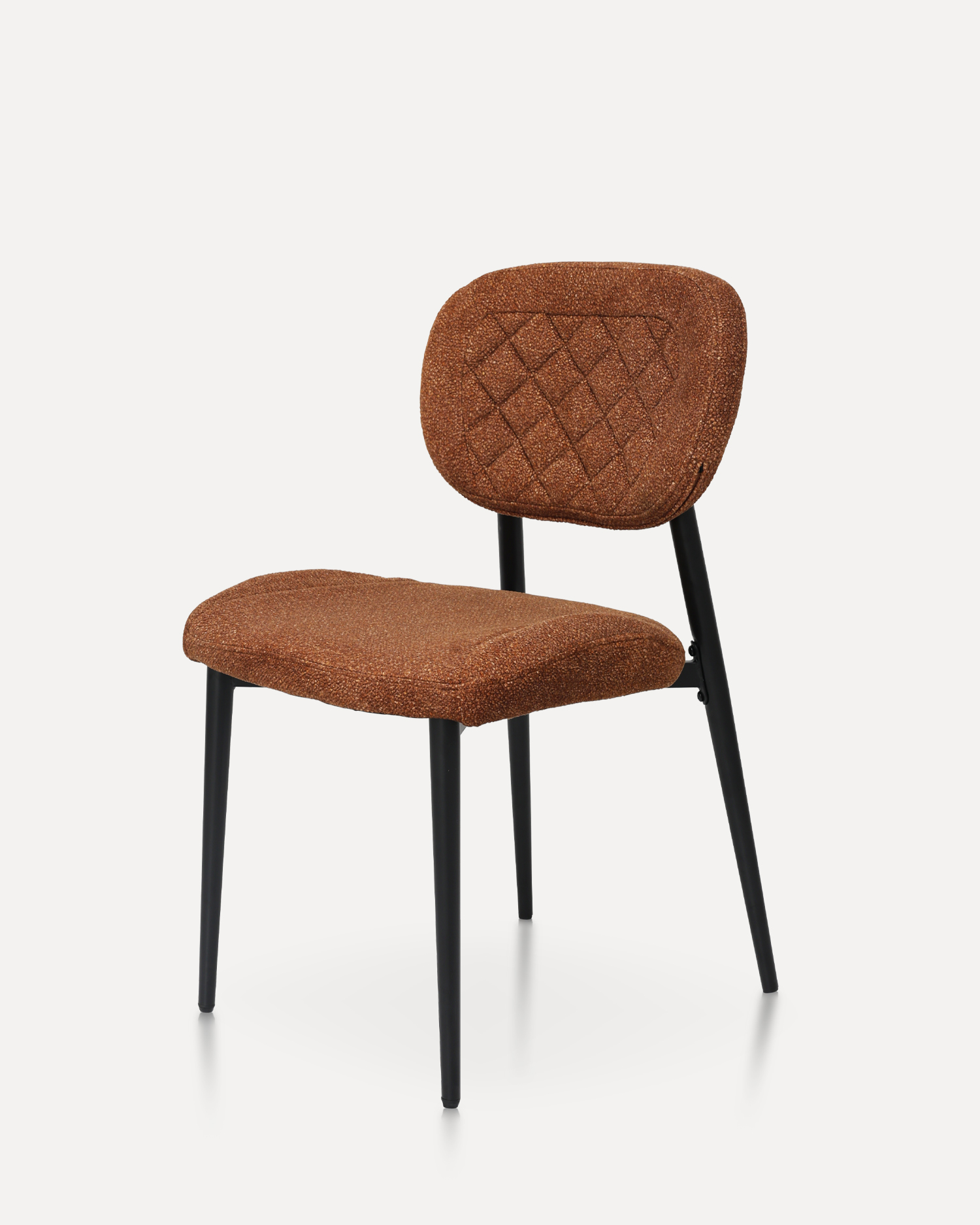
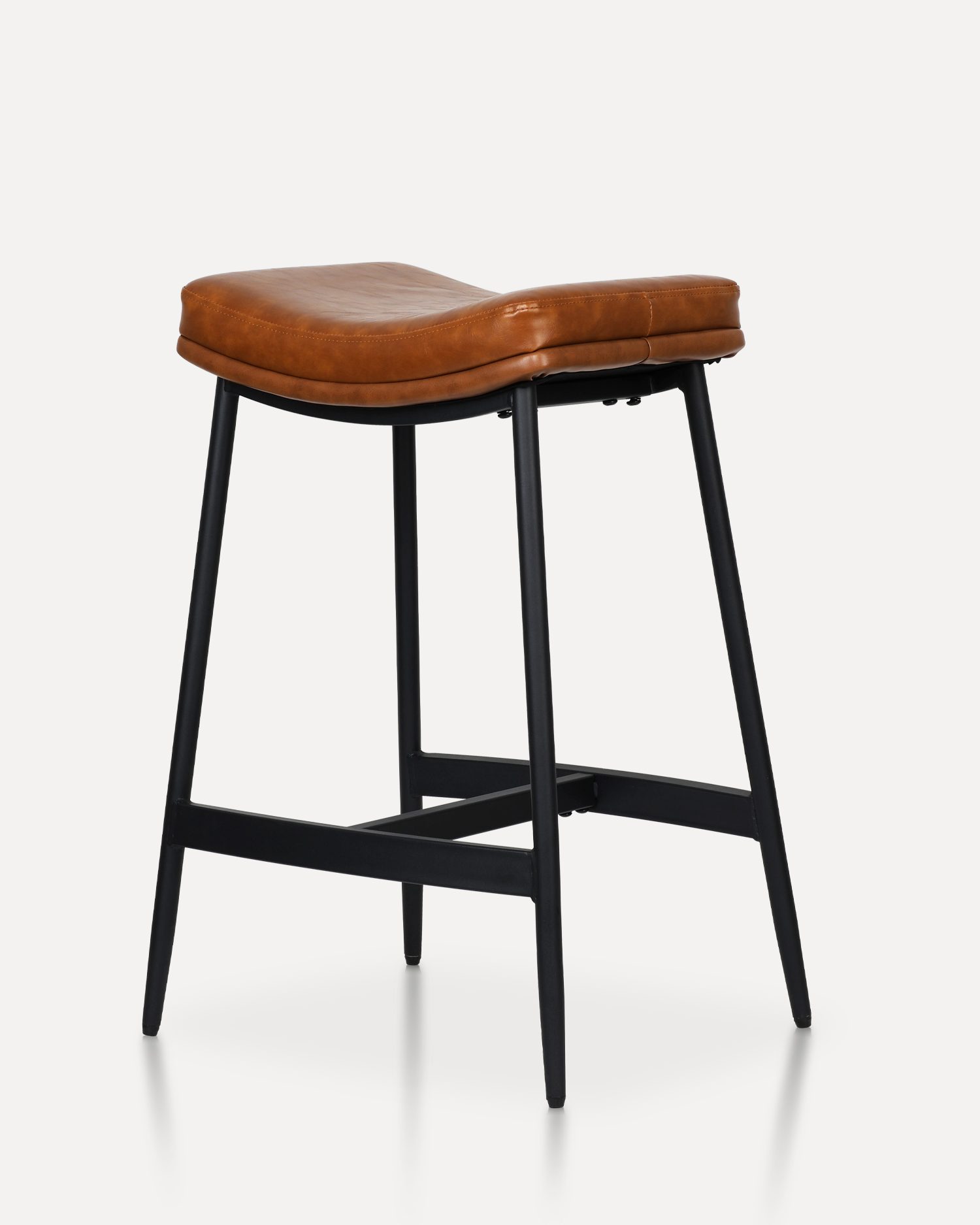
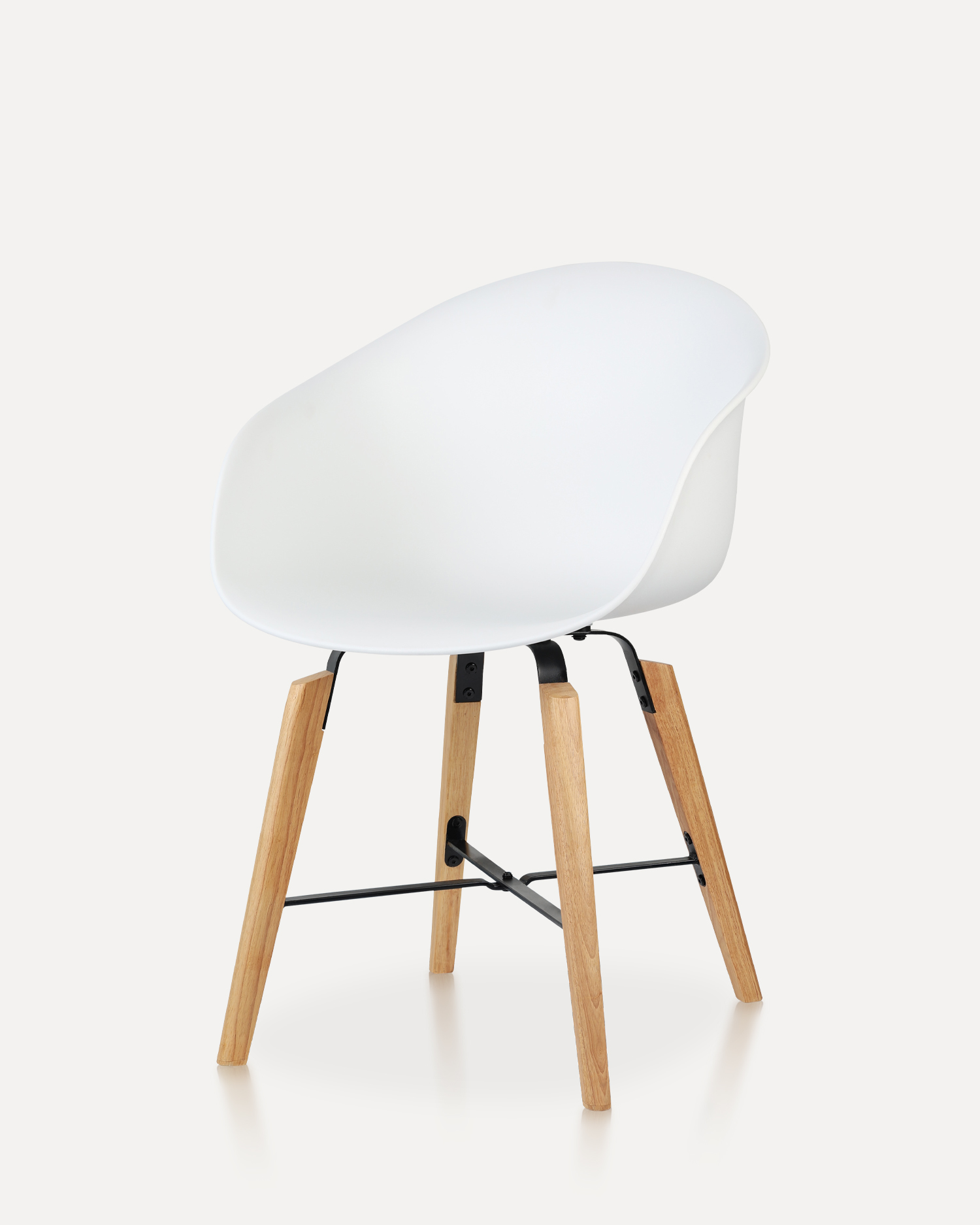
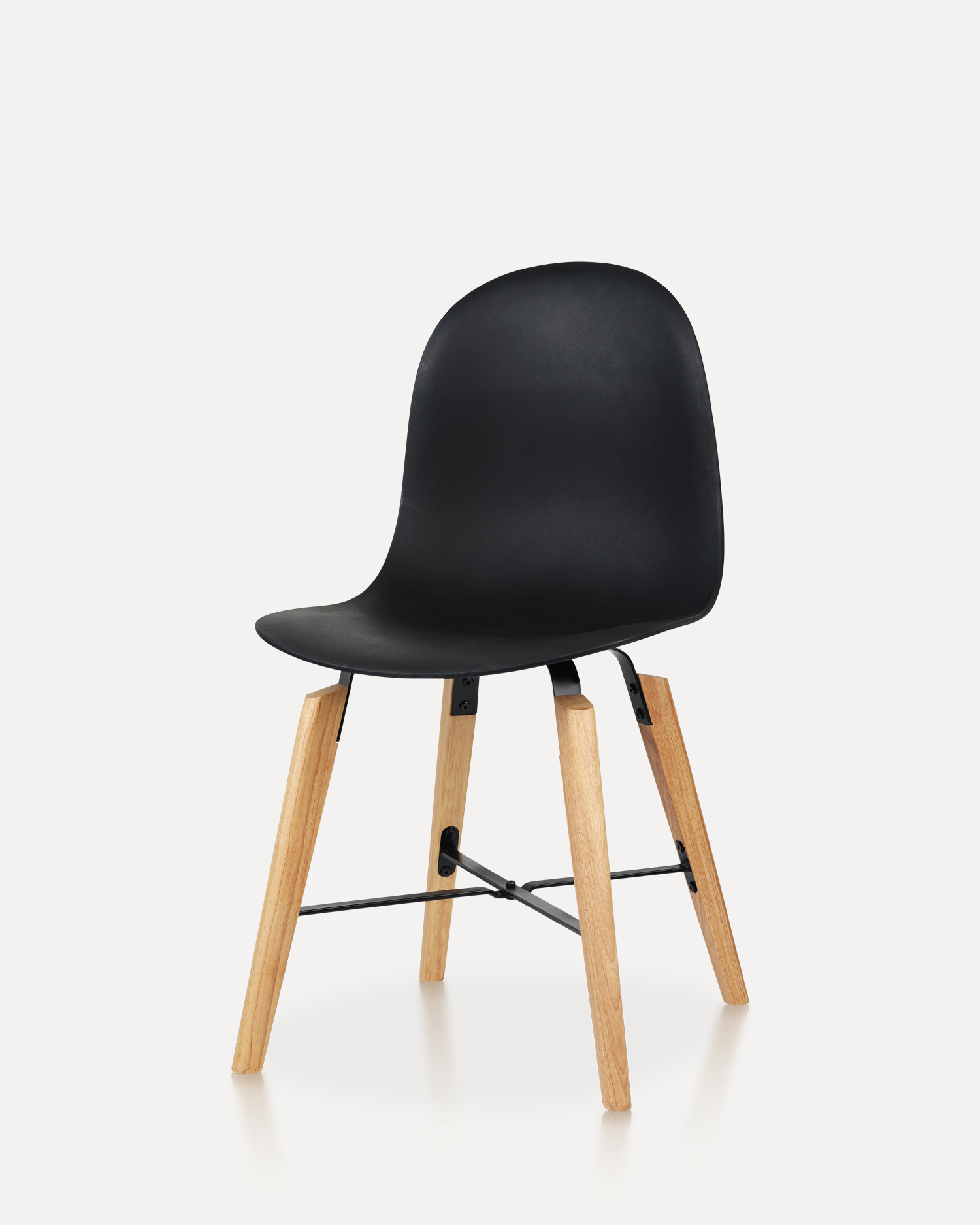
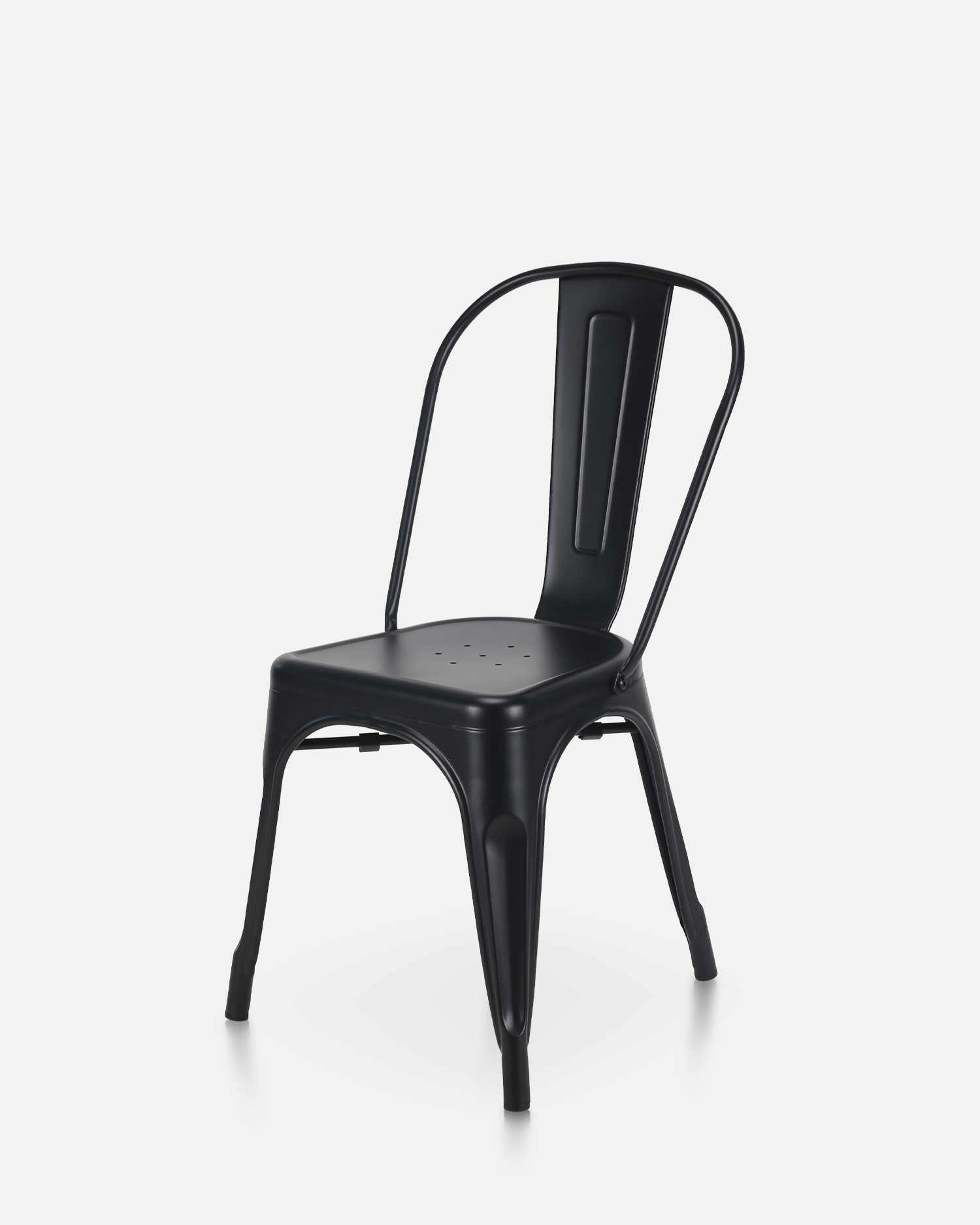

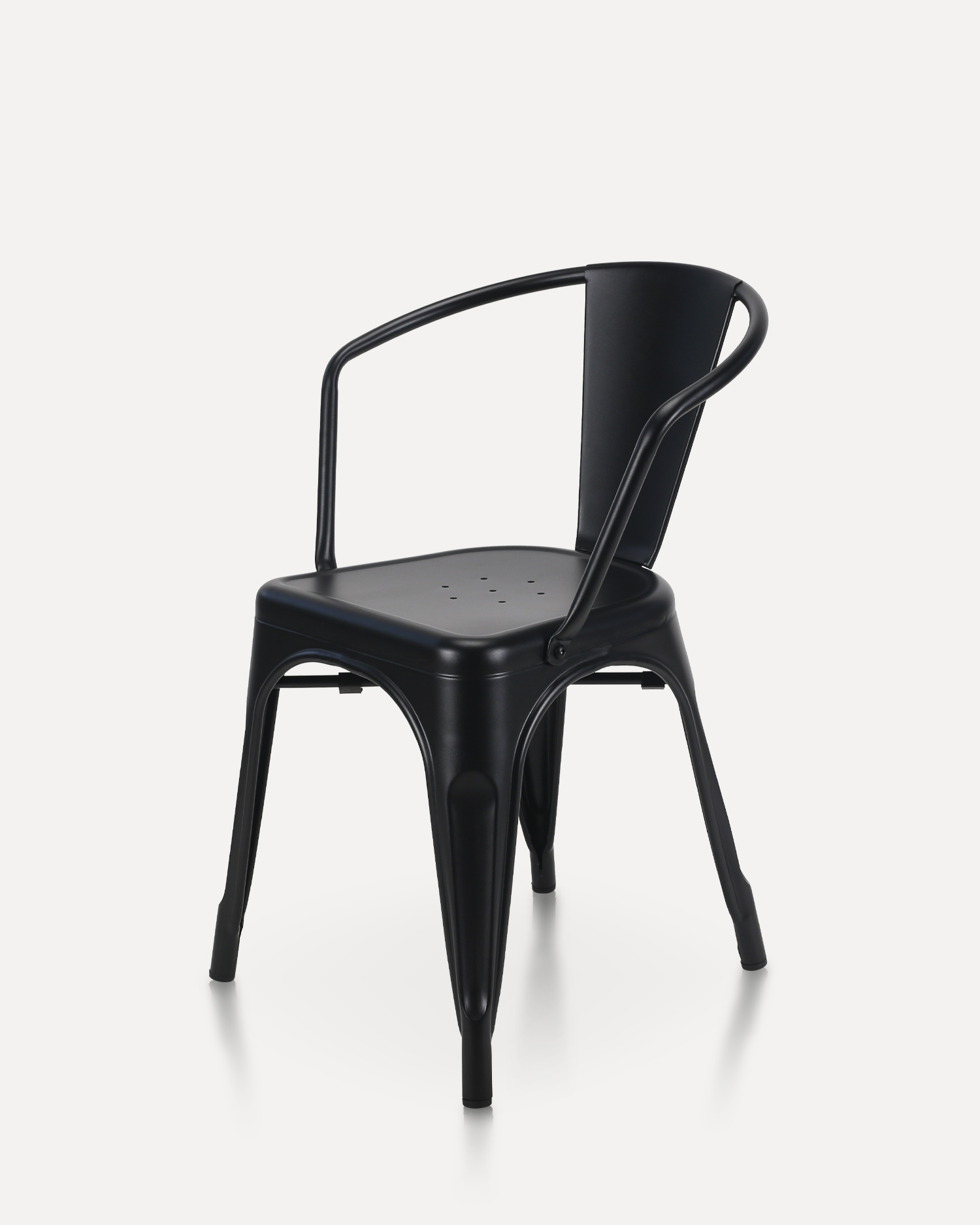
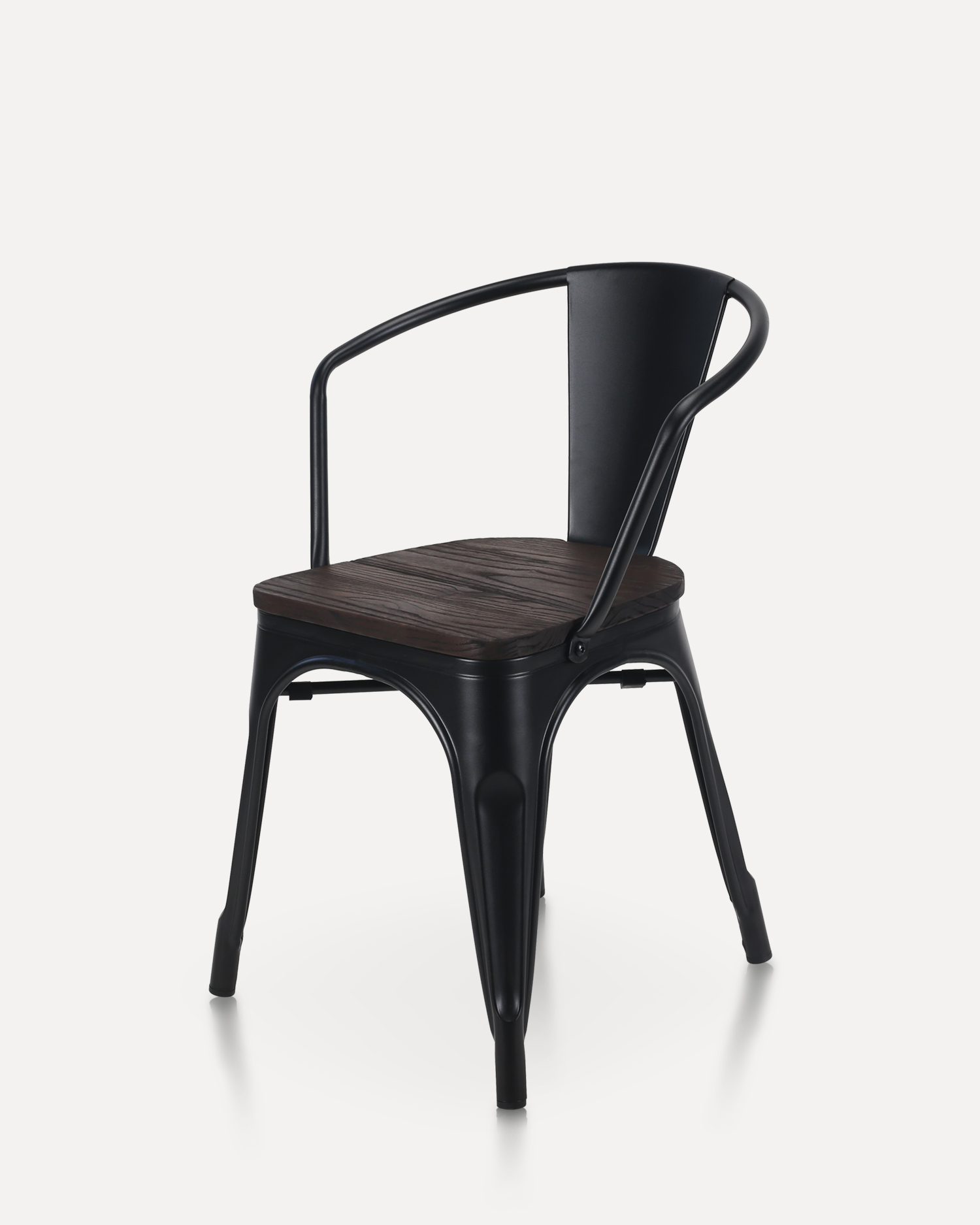
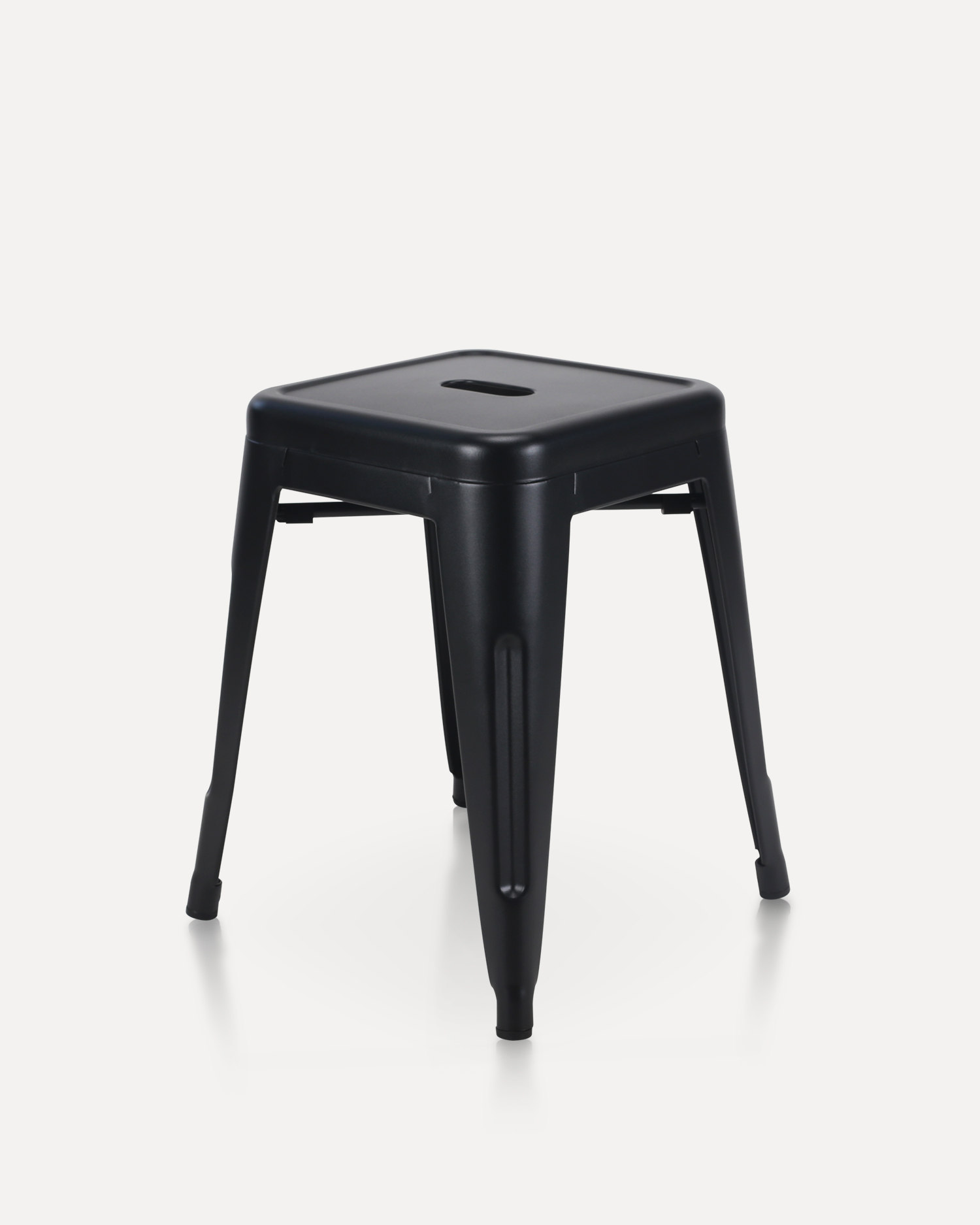
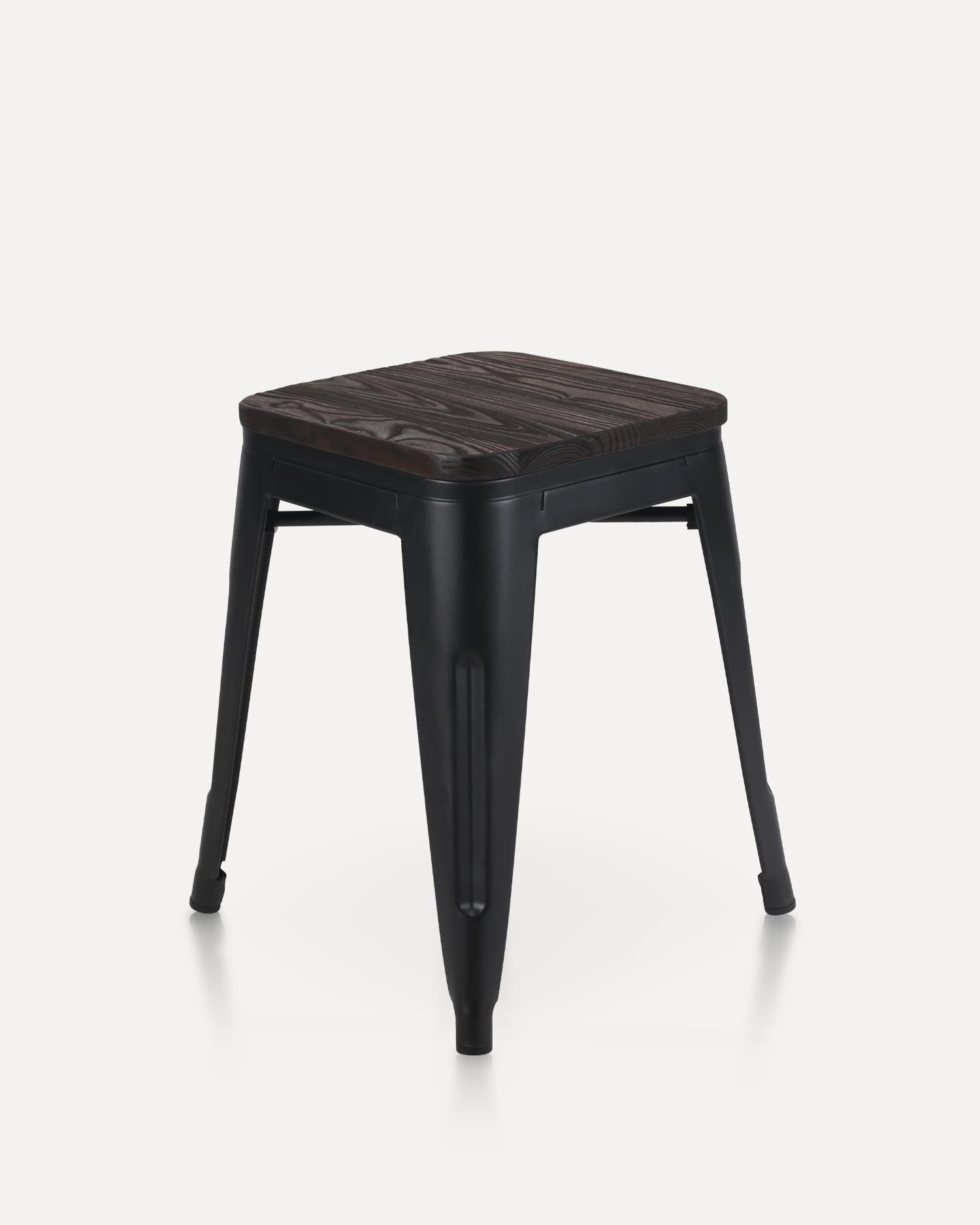
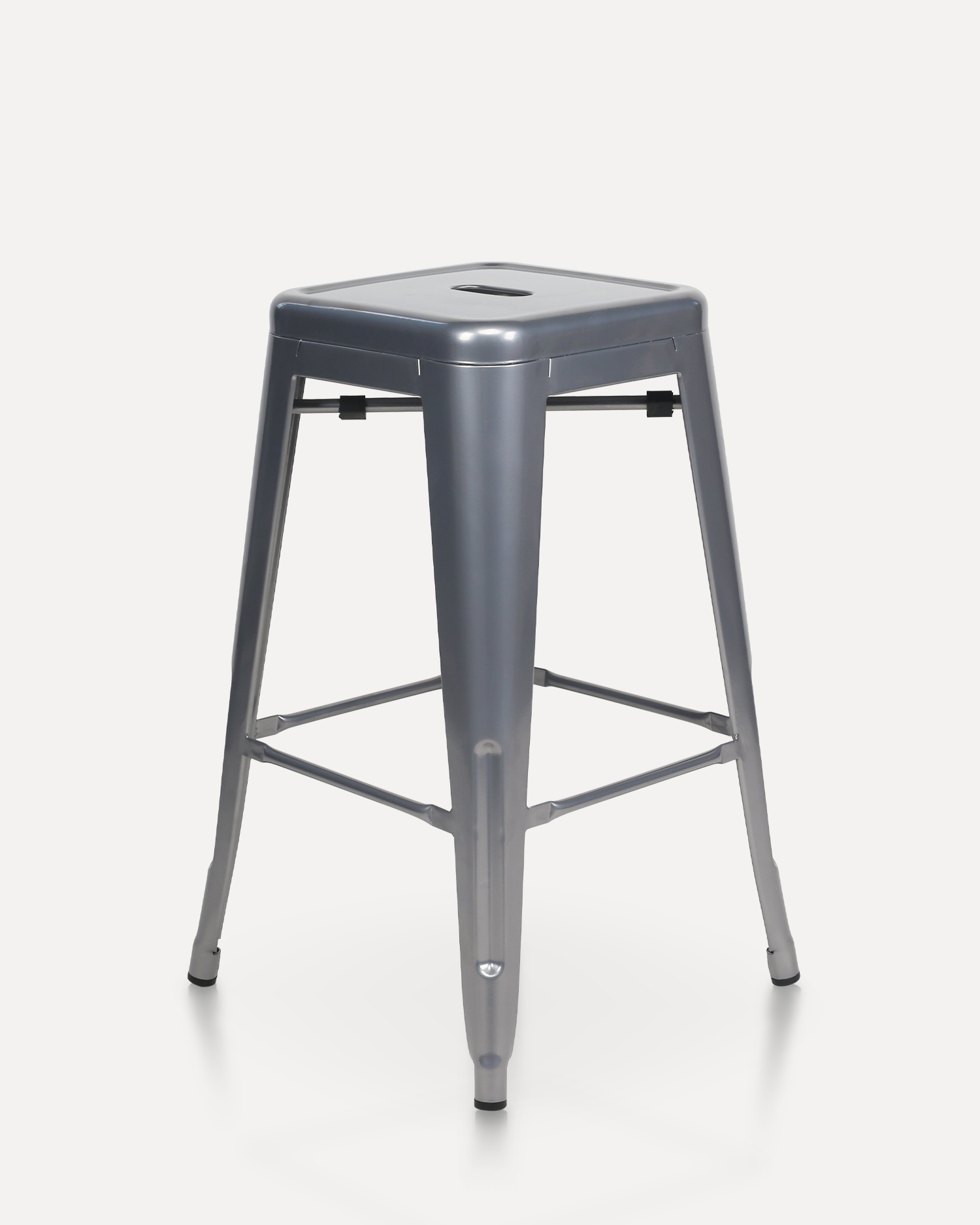
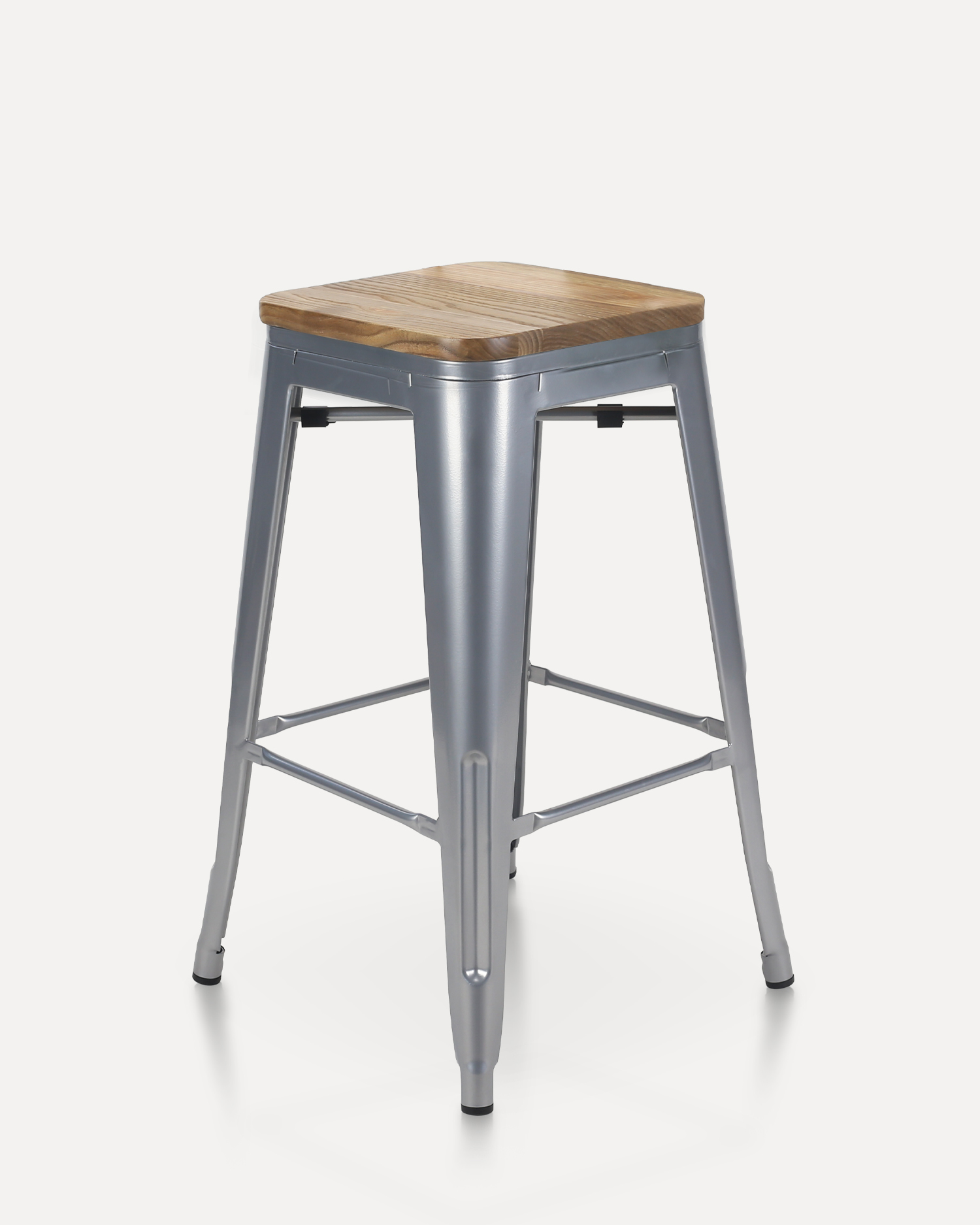
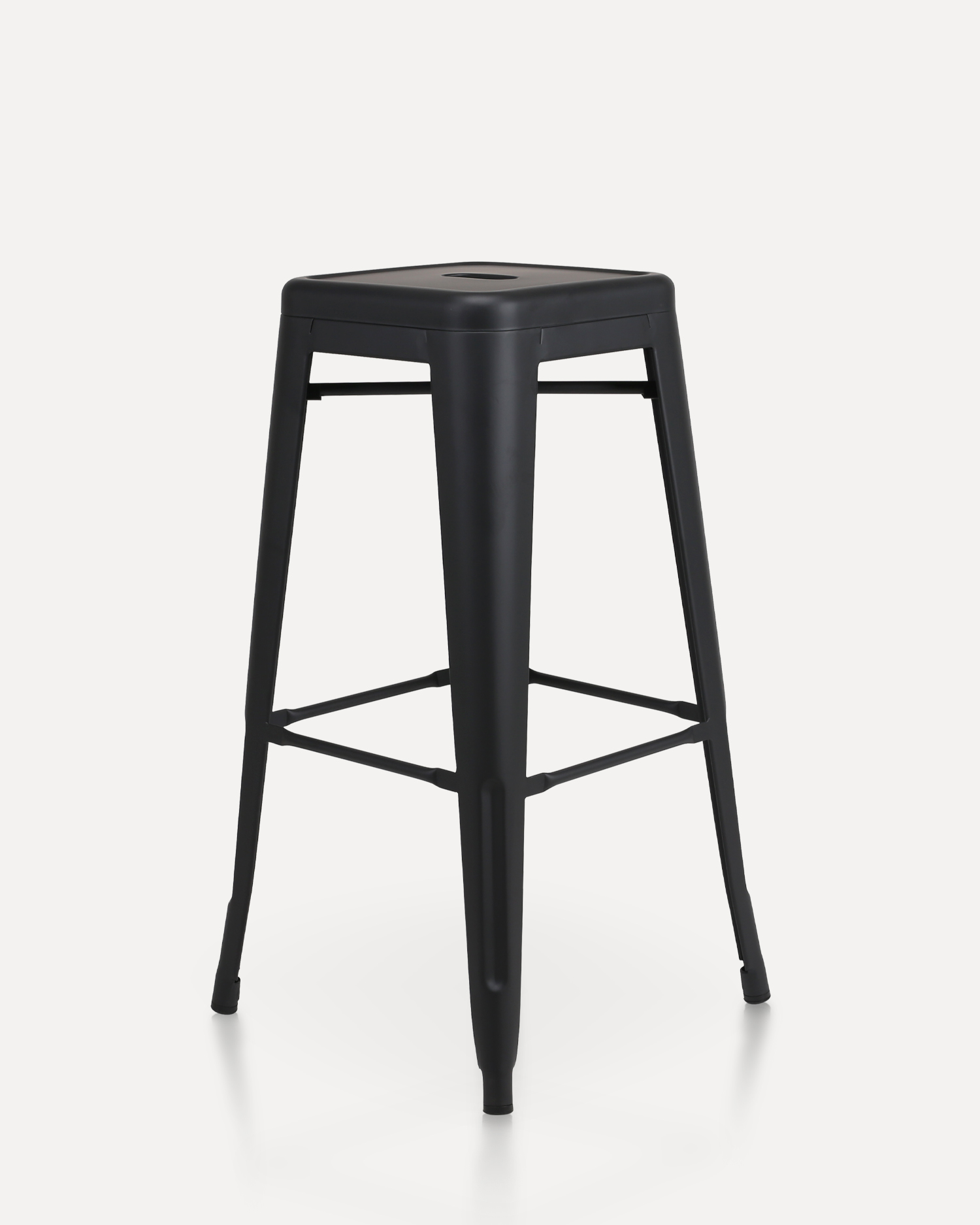





 Instagram
Instagram
 Facebook
Facebook
 Linkedin
Linkedin